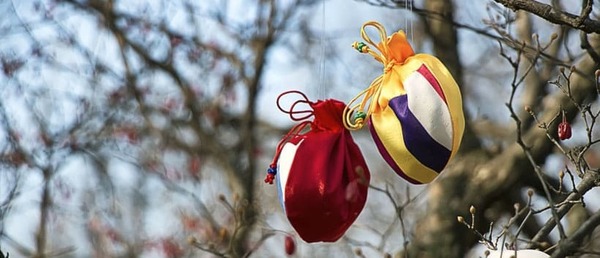We all need a bit of good luck now and then, and in Japan it has become a rather exciting tradition to buy a bag of luck to start the new year. This is not some small, inconsequential bit of fun for anyone involved; this is serious stuff, and as a retailer, if you can get this important element of your marketing right, your luck will certainly be in for the next 12 months.
Fukubukuro
The lucky bags are known as Fukubukuro, and are bags full of all kinds of mystery goodies that shoppers, excited at the prospect of what they might find within, queue for hours at a time to buy. Not be given, not take, but spend money on and buy.
Retailers can put as much or as little as they want inside the bags. They can put samples, they can put complete items, they can put their best sellers or items that they haven’t been able to sell too many of. It is entirely their choice, but it is a choice that needs to be made very carefully indeed; the most interesting and worthwhile bags – in the buyers’ eyes – are the ones that will have people coming back for more. So putting items that no one was keen on in the previous few months might rid the retailers of unwanted stock (this was, in fact, how the whole things started), but it might not please the public very much; it could even stop people from bothering to shop there again. It’s a fine balancing act, and one that needs to be thought about many weeks, if not months, in advance.
1st January
Fukubukuro go on sale every 1st January, and the sale goes on until they either run out, or until the first week of January is over, whichever comes first. This has become such a favourite tradition that people
forgo their New Year’s Eve celebrations in order to get up in the early hours of the morning and queue at their chosen store so that they get the bag that they want. Some shops will have queues down the street, and this is the most amazing marketing for them; the bigger your queue, the better your Fukubukuro (or so it would seem) and the more people will want to get hold of them. This makes the queues even longer, and so on and so on.
Although the Fukubukuro craze started with the ex-stock from department stores (meaning that the bags were full of potentially random things, which added to the excitement), now everyone wants to get in on it, and that includes chains such as Starbucks and high end retailers like Armani.
The key to creating a successful bag is less about what is in it (although that is, of course, important), but more about the value of what is inside. The bag should sell for less than the cost of all the items within it put together. This gives the consumer the feeling of getting a great bargain, but, if the products are good enough, will encourage them back to buy they at full price individually at a later date.
Conclusion
At the moment this phenomenon seems to be solely a Japanese idea, but that doesn’t mean that it couldn’t take off elsewhere in the world as well. It make take a few small retailers to begin the process, but thanks to social media, if the lucky bags were impressive enough, the idea would soon spread far and wide.
Something that we are doing rather well in the West right now, though, is selling similar
‘lucky bag’ items online. Although not entirely the same, and clearly not generating queues at retailers (which has been a good boost to profits throughout the year), these are perfect for retailers who want to show off their goods and products, and perhaps even entice people to visit their brick and mortar shops if they have them.
